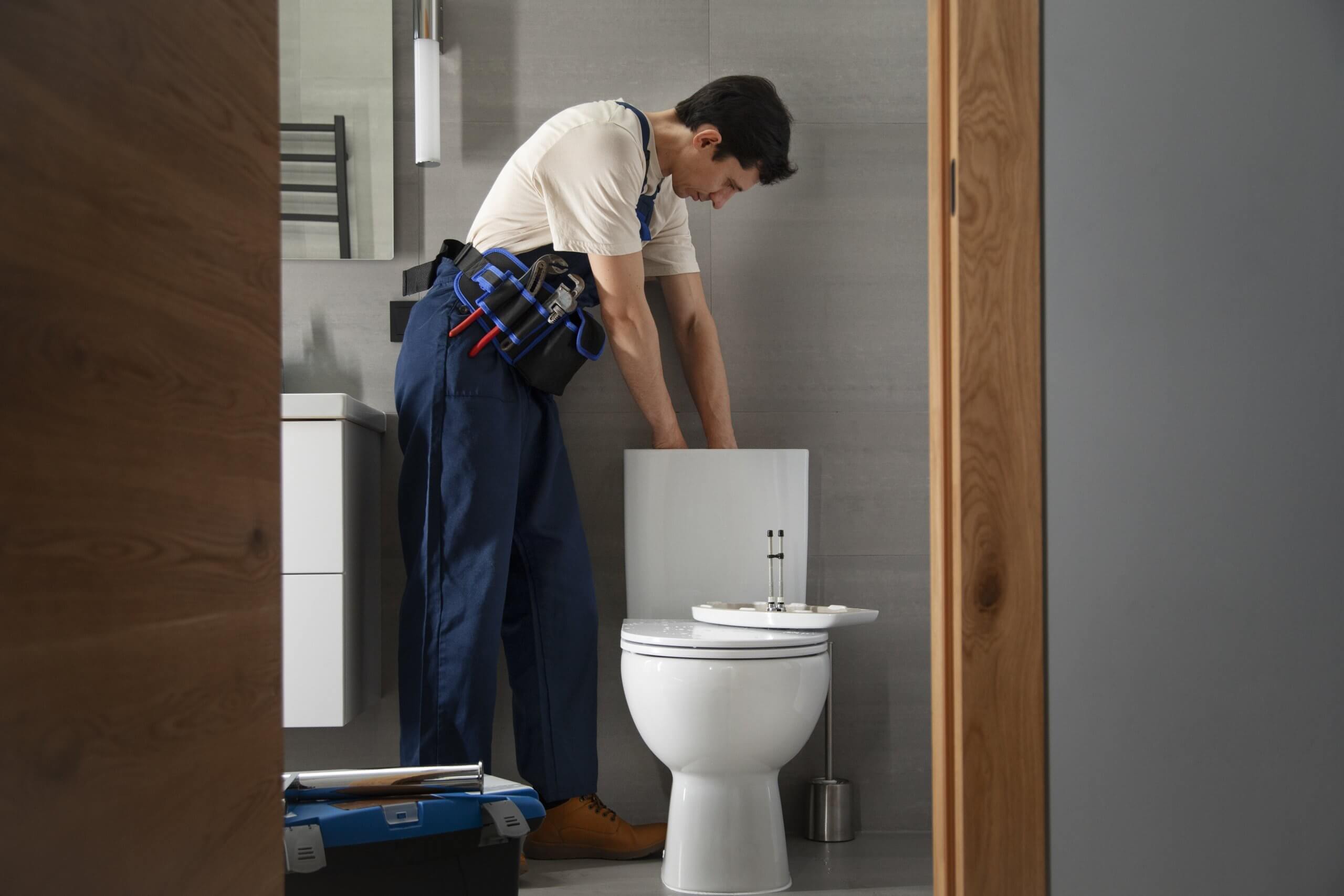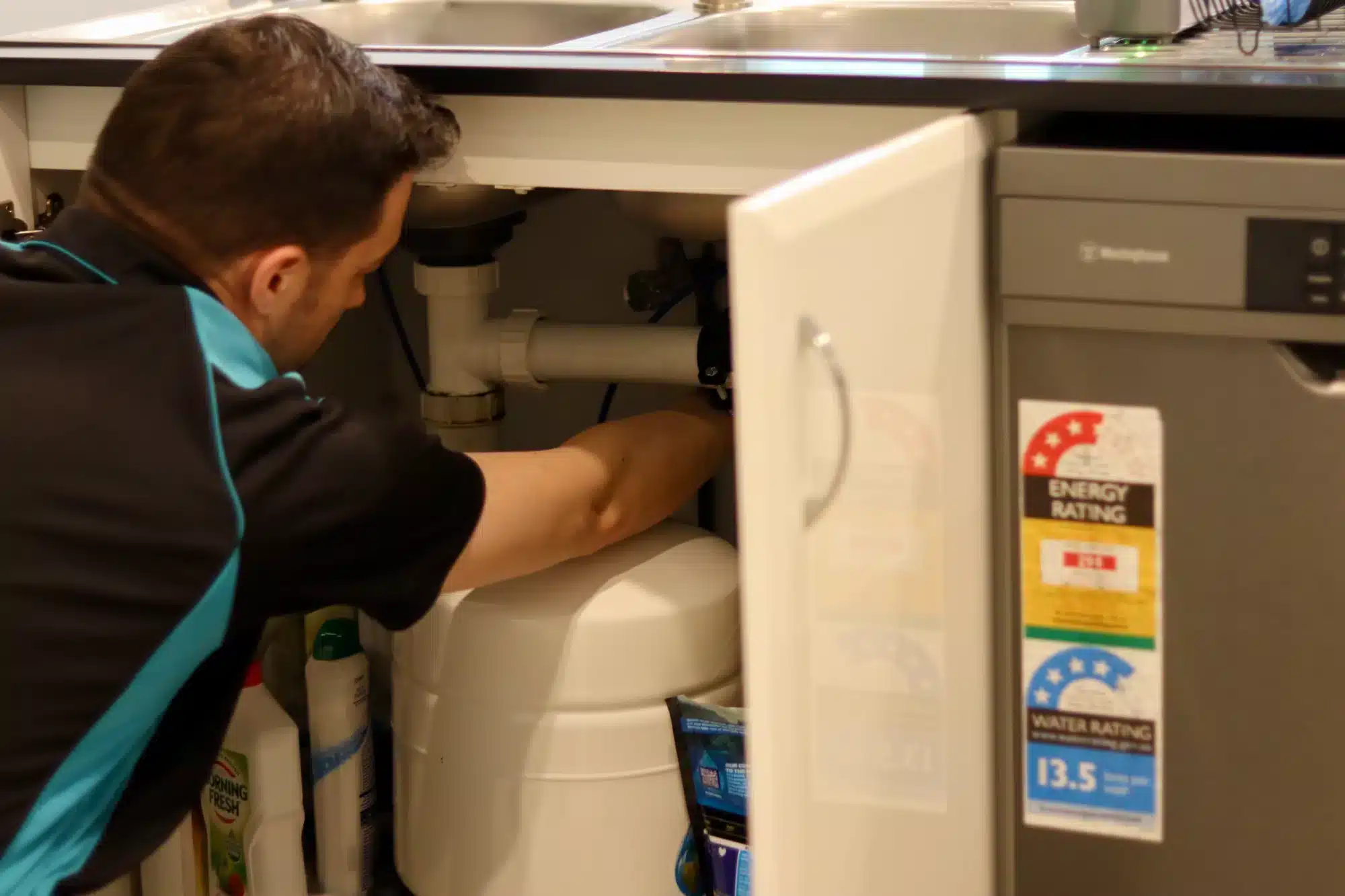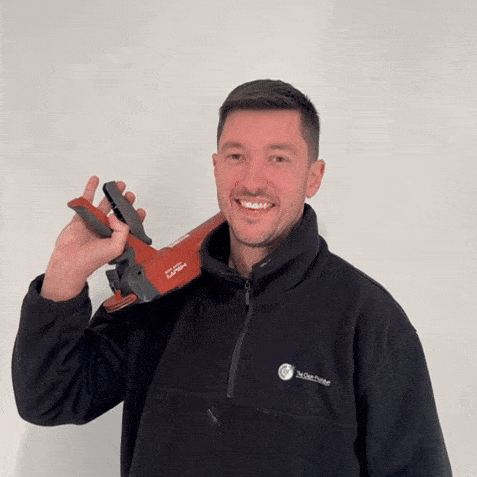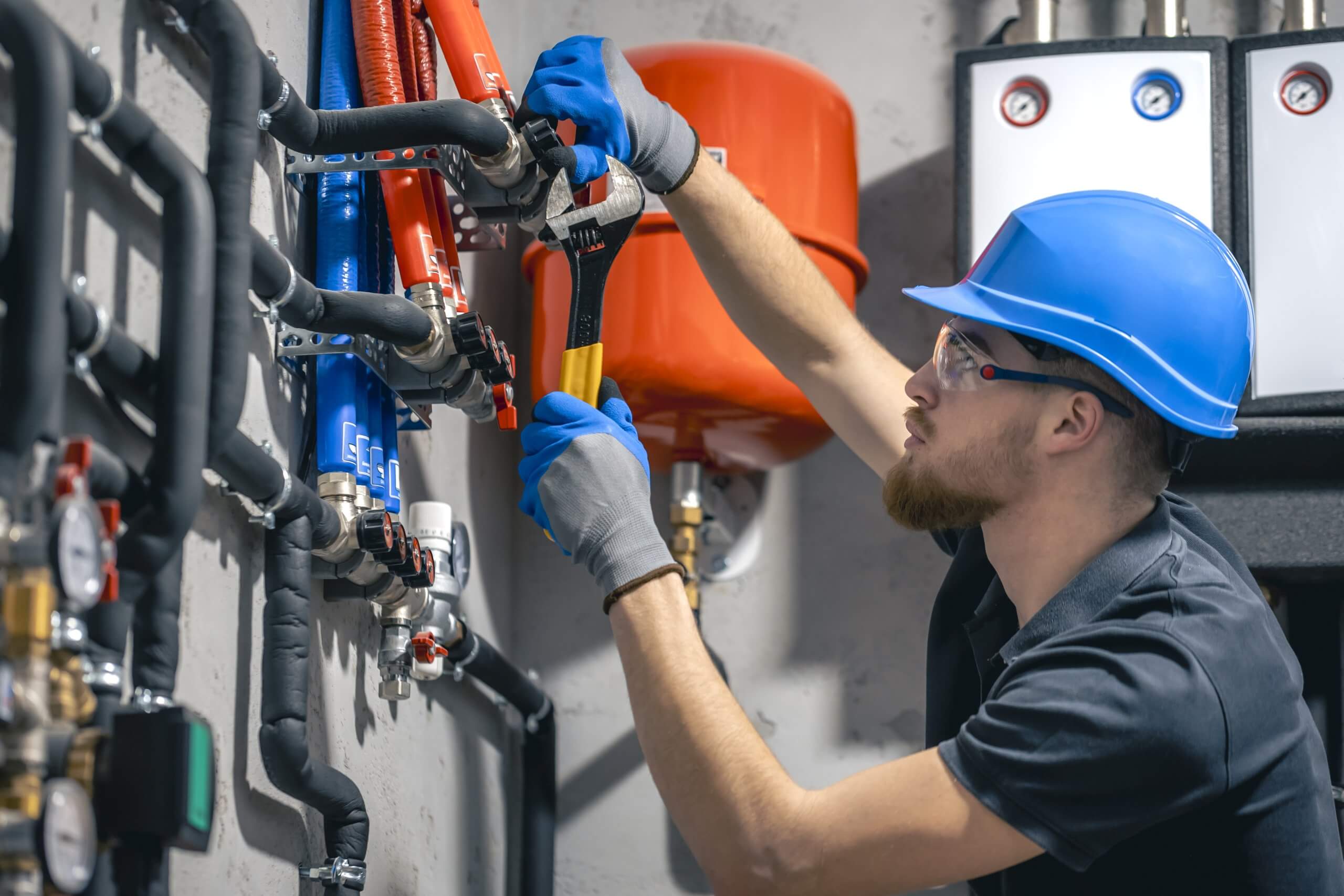A clogged toilet, or a broken toilet that refuses to toilet flush properly, can throw your daily routine into chaos — especially in Australian homes where one toilet often serves the entire household. Whether it’s a weak flush, a stuck button, or a completely unresponsive cistern, the good news is that most flushing problems are fixable without the need for a licensed plumber. All you need is a bit of time, patience, and this practical, comprehensive guide tailored to the types of toilets commonly found across Australian households.
We’ll walk you through the most frequent causes of flushing failures, provide simple diagnostic checks, including those involving the toilet flapper and toilet bowl, guide you through hands-on fixes using basic tools and supplies available from your local Bunnings or Mitre 10.
Common Reasons Your Toilet Might Not Be Flushing
Understanding why your toilet won’t flush, including the mechanics of a proper toilet flush, is the first step to a fix. The causes vary from minor issues to more serious malfunctions. Here are the most common culprits:
Faulty flush button or handle
Over time, the toilet handle mechanism can loosen, crack, or become disconnected from the internal parts, leading to no flush response.
Low water level in the cistern
If there isn’t enough water to reach the recommended level inside the tank, the force behind the flush is significantly reduced, potentially leading to a running toilet.
Worn-out components
The toilet cistern’s flapper (or flush valve seal), float, overflow tube and other plastic parts degrade with age, especially in hard water areas.
Clogged trap or waste pipe
Blockages in the toilet trap or at the flush valve opening Blockages in the toilet trap or at the flush valve opening can prevent waste and water from exiting the bowl, leading to issues with the water supply.
Disconnected or broken chain/linkage
The lift chain connecting the button or lever to the flapper may snap or become too slack, preventing flushing.
Faulty inlet/outlet valves
If these valves aren’t opening and closing correctly, if the flush valve isn’t functioning properly, the water flow can be restricted or cut off entirely, if these valves aren’t opening and closing correctly, if the flush valve isn’t functioning properly, the water flow can be restricted or cut off entirely, leading to toilet problems with the drain lines and toilet bowl.
Sediment buildup
Hard water can leave behind calcium and mineral deposits that interfere with water flow and mechanism movement, possibly indicating issues with the main sewer line.
Airlocks in pipes
If issues persist, it’s advisable to consult a professional plumber, as air trapped in the plumbing system and the supply line can obstruct water pressure and proper flushing.
Incorrect installation or old toilets
Toilets older than 15–20 years may have design inefficiencies in the toilet tank or worn internal systems, but in some cases, adding baking soda can help alleviate minor issue that need a full upgrade.
Foreign objects in the toilet
Items like wet wipes, cotton buds, or even children’s toys Items like wet wipes and a malfunctioning flapper valve can cause significant obstructions in the trapway.
Initial Checks You Can Do Yourself
Before you pick up a spanner, start with these non-invasive checks, and if needed, visit your local hardware store for additional supplie :
- Inspect the water supply valve: It’s usually located behind the toilet. Ensure its fully open — sometimes it’s nudged or partially closed.
- Lift the cistern lid: Place it safely on a towel or cushioned surface. Observe the water level and the flushing mechanism as you test it.
- Press the flush: Note if the button or handle feels loose, stiff, or unresponsive.
- Watch the internal components: Chains should be taught (not slack or overly tight), floats should move freely, and the flapper should create a solid seal.
- Check for continuous running water: This could indicate a leak or improperly seated flapper.
- Look for hairline cracks: In both the cistern and bowl, which may be leaking water out unnoticed.
How to Fix a Weak or Partial Flush
A weak flush usually stems from low water levels, blockages, or ageing components. Try these steps to restore a good flush and full flushing power:
Adjust the Float
- Locate the float (either a float ball or a float cup, depending on your toilet model).
- Adjust the float arm or screw to raise the water level.
- Aim for water to sit around 2.5cm below the overflow pipe.
Clean the Rim Jets
- Use a wire hanger, old toothbrush, or stiff-bristled brush to clean the small holes around the underside of the toilet rim.
- Apply white vinegar to break down mineral buildup. Let it sit overnight using vinegar-soaked paper towels stuck under the rim.
Replace the Flapper
- Turn off the water, flush to empty the tank, and remove the flapper.
- Replace with a compatible model (take the old one to Bunnings for comparison).
- Ensure it seats evenly and makes a solid seal.
Clean the Siphon Jet
- This is the main flushing jet at the bottom of the bowl.
- Use a small mirror and a brush or descaler to remove buildup or clogs.
Use Descaling Agents
- For stubborn calcium build-up, use commercial descaling products safe for porcelain.
- Follow label instructions and avoid using boiling water in ceramic bowls.
What to Do If the Flush Button or Handle Isn’t Working
If the flush actuator feels unresponsive or if the flush actuator feels unresponsive and is indeed an easy fix, or doesn’t trigger anything inside the cistern:
Check Button Alignment (Dual-Flush)
- Remove the button assembly and check the rods or pins underneath.
- Realign them so they press down properly on the mechanism.
Inspect Linkages or Chains
- Cables and chains must be intact and not too loose or tight.
- Adjust the chain length so it lifts the flapper cleanly.
Replace Broken Parts
- Universal kits are widely available and often come with easy installation instructions.
- Match your model or bring in photos/part numbers for best results.
Lubricate Moving Parts
- Apply a silicone-based lubricant to the lever joints and other moving parts to keep them running smoothly.
Fixing a Toilet That’s Completely Unresponsive
If pressing the button or pulling the handle If pressing the button or pulling the handle does nothing at all, the flushing mechanism may require attention.
- Turn off the water supply valve.
- Check the fill valve: Sediment may block its function. Clean or replace it if water doesn’t enter when the tank is empty.
- Inspect the float: A stuck or damaged float won’t trigger the fill valve.
- Check the flush valve: If it’s warped or cracked, it won’t release water even when triggered.
- Inspect and replace the flush valve seal: Leaky or deteriorated seals must be replaced with the correct model-specific parts.
- Test with the cistern lid off: Observe the flushing action directly to catch faults before replacing the lid.
Dealing With Blockages Causing Flushing Issues
When your cistern works fine but toilet repairs are needed when waste doesn’t leave the bowl properly:
Try a Flange Plunger
- A flange (toilet) plunger creates the right seal for strong suction.
- Ensure the plunger cup is submerged before plunging for 30 seconds.
Use a Toilet Auger
- Feed the auger through the bowl gently until resistance is met.
- Twist and push to break up the blockage. Use rubber-coated models to protect porcelain.
Pour Hot Water and Dish Soap
- Pour in a mix of hot (not boiling) water and dish liquid.
- Wait 20–30 minutes, then plunge again. This helps loosen soft blockages.
Check the Roof Vent Stack
- If water drains slowly and bubbles, your vent pipe may be blocked — a job best left to a licensed plumber.
When to Call a Licensed Plumber in Australia
There are situations where DIY won’t cut it, and bringing in a professional ensures compliance and safety:
- Frequent, severe or smelly clogs
- Water leaking from the base of the toilet
- Persistent running water even after replacing parts
- Mould or mildew due to hidden leaks
- Water pressure problems or noisy pipes
- Any modifications involving the sewer line, water mains, or complex valve work
- Bathroom renovations or new toilet installations (must meet the Plumbing Code of Australia)
Preventing Future Flushing Problems
To keep your toilet in good working condition year-round:
Only flush toilet paper. Avoid sanitary products, wipes, or anything labelled “flushable” — they rarely are.
Clean the tank lid and cistern every 6 months. This prevents sediment from affecting moving parts.
Inspect internal parts annually. Look for stiff movement, leaks, or corrosion.
Use a water softener in hard water areas to minimise calcium buildup.
Ventilate your bathroom well to reduce condensation and mould.
Keep a basic toilet repair kit on hand: washers, flappers, seals, and a mini wrench.
Frequently Asked Questions (FAQs)
How do I fix a toilet that won’t flush at all?
Check the water supply, inspect the float, lift chain and flapper, and replace any broken internal parts.
Can I force a flush if the handle or button isn’t working?
Yes — pour a bucket of 4–5 litres of water directly into the bowl to manually flush waste.
Is it safe to use a toilet auger on a porcelain toilet?
Yes, as long as the auger is specifically designed for toilets and has rubber coating to prevent scratching.
Why does my toilet have a weak flush even though the tank is full?
It may be due to a blocked siphon jet or mineral build-up in the rim jets. Cleaning these areas can restore pressure.
Can I install a new flush valve myself?
Yes — with basic tools, most valves come with instructions. Be sure to match the part to your toilet brand and model.
How do I know if I need a plumber?
If you’ve tried several repairs with no success, see leaks from the base, or suspect deeper drain issues, it’s time to call a professional.
Final Thoughts
With a little DIY know-how, you can tackle most toilet issues on your own — especially problems with the flush handle, flush buttons, flappers, or partial flushes, or any other toilet problems. Regular checks and timely repairs can save you money, prevent damage, and help your toilet last for years. But if things go beyond your comfort zone, or you’re dealing with plumbing connected to water mains or sewer lines, always call a licensed plumber to stay compliant with Australian plumbing standards.






